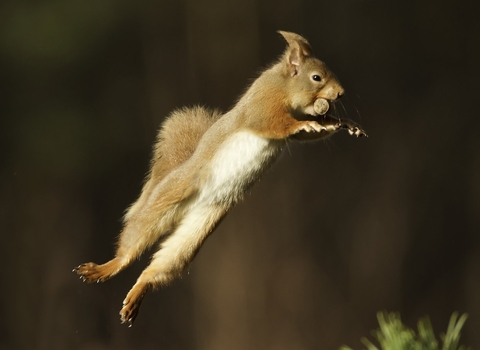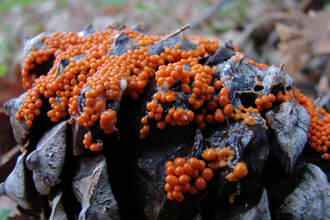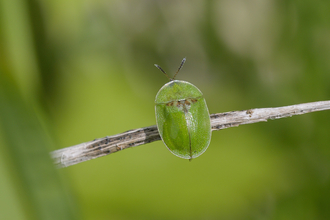Top examples of weird mammal behaviour
Mammals are a class of animal. They are warm-blooded and have fur and hair. They can also be a bit wacky! Here are our favourite examples of some pretty strange habits.
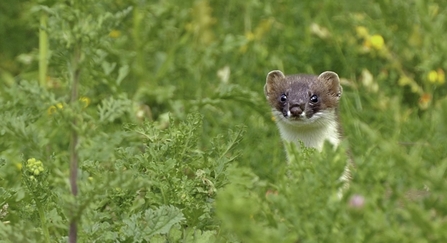
© Andy Rouse/2020VISION
Stoats
Stoats get their boogie on doing something called a War Dance! It’s thought that they use this dance to hypnotise or distract their prey. They jump around, standing on their hind legs and doing a shimmy, then they pounce on their confused prey.
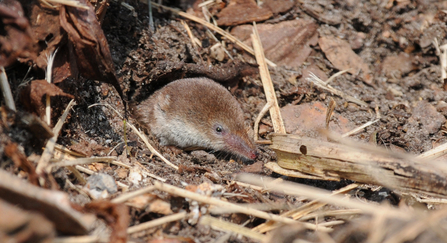
© Carl Wright
Shrews
Shrews really are hungry fellows - they must eat every 2-3 hours to survive. This means they can’t hibernate in the winter, as they would starve. However, amazingly, common shrews shrink during winter so that they don’t need to eat as much! This makes them more likely to survive the winter, when there isn’t as much food around. Their skulls shrink by nearly 20%. Wow!
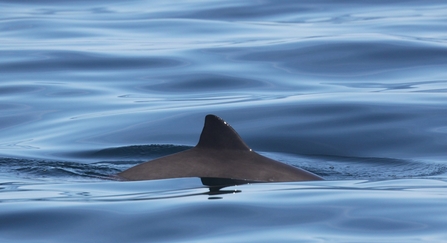
© Niki Clear
Harbour porpoise
The harbour porpoise has another name – ‘puffing pig’! This is because of the puffing noise they sometimes make when they surface and breathe. The word porpoise also comes from a Latin word that means pig fish. Can you see the resemblance?
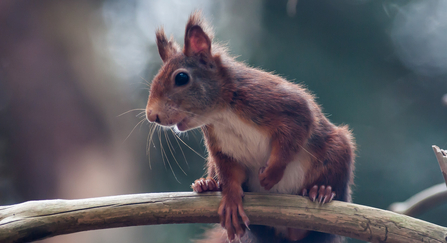
© Mike Snelle
Red squirrels
Red squirrels have double-jointed ankles which help them to climb up and down trees well. They can also be either right or left handed, just like us! The teeth marks left behind on pine cones are good indicators on whether they’re righties or lefties.
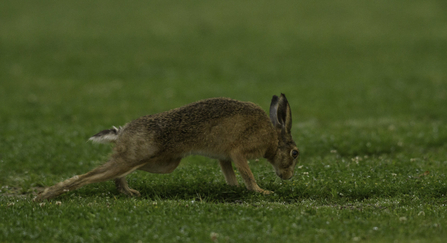
© Russell Savory
Hares
Did you know that hares can run far faster than the fastest human, Usain Bolt? When they’re escaping predators, hares can run at a top speed of 43 miles per hour – Bolt’s top speed is 28 miles per hour. Our humble hare would leave him far behind!
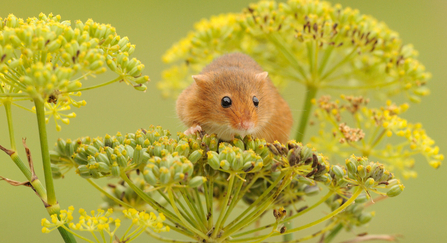
Amy Lewis
Harvest Mouse
The harvest mouse is the only British mammal to have a prehensile tail. This means that it can use its tail like another limb. They can use it to hold on to stems while they’re feeding and travelling, which means they’re very good at feeding on grasses.
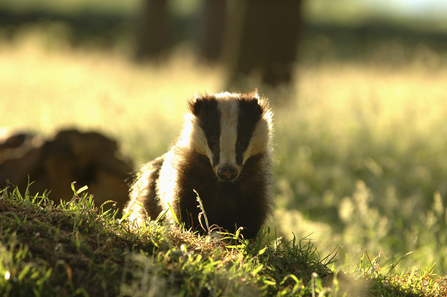
Andrew Parkinson/2020 VISION
Badgers
Badgers mate all year round, but the females have a clever trick to make sure they don’t give birth at the wrong time of the year. They keep their fertilised eggs safe in their womb, but the eggs don’t implant until December. This means badger cubs are born between January and March and start leaving their den in the spring when there is plenty of food for them.
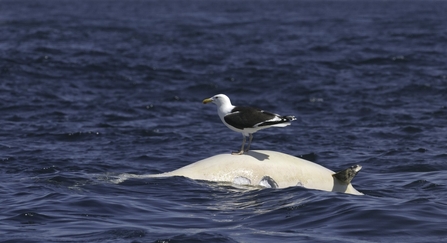
Chris Gomersall/2020VISION
Risso's Dolphins
You might be able to see that this beautiful dolphin is covered in scars. These are caused by their main prey – squid! They spend a lot of their time in deep water, hunting these squid. The scars do change over time, but they make it easier to identify individuals in a pod, as they’re all different.
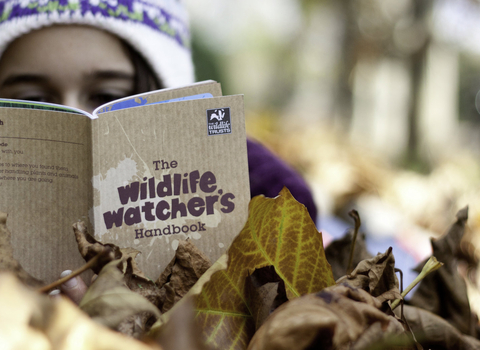
Tom Marshall

